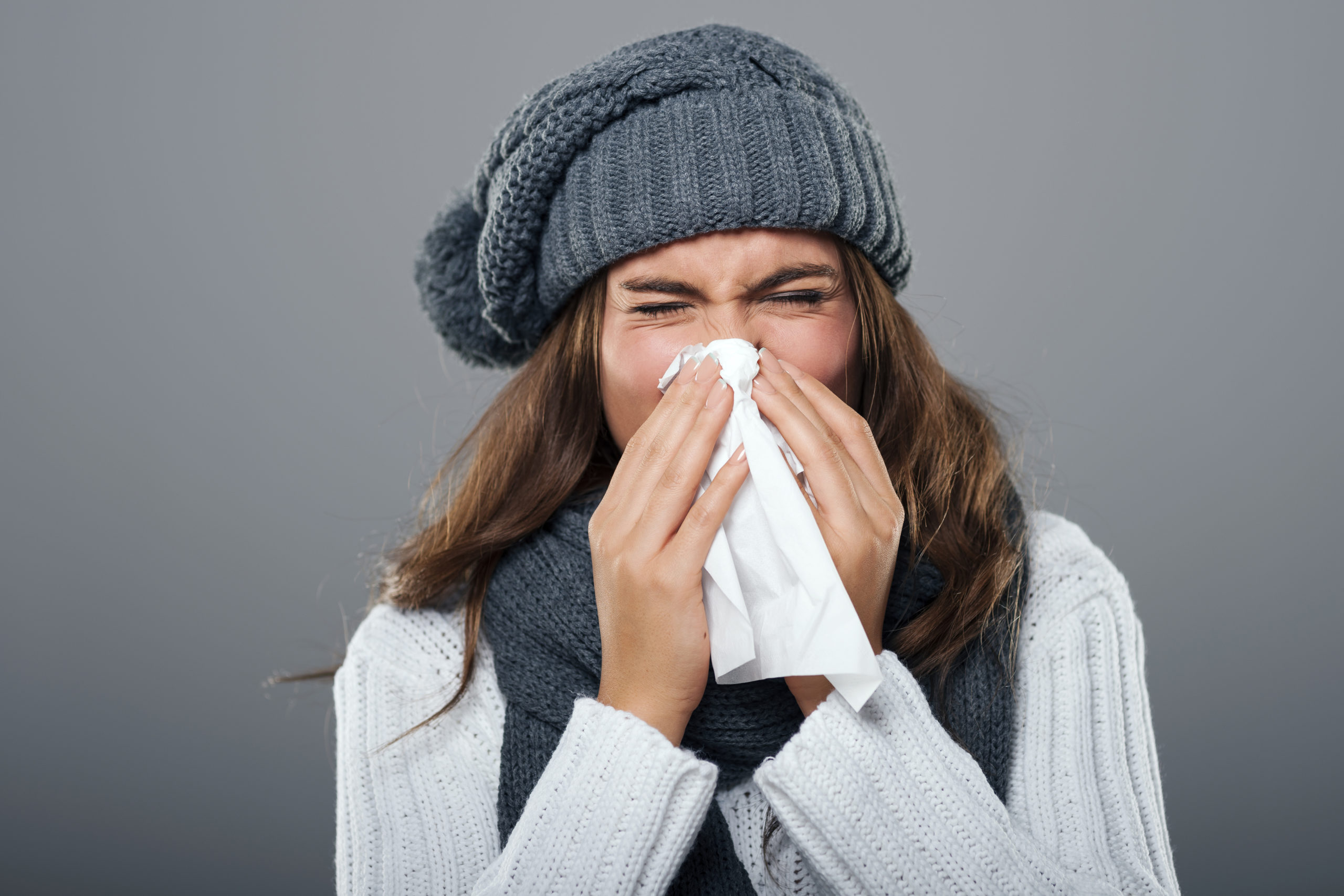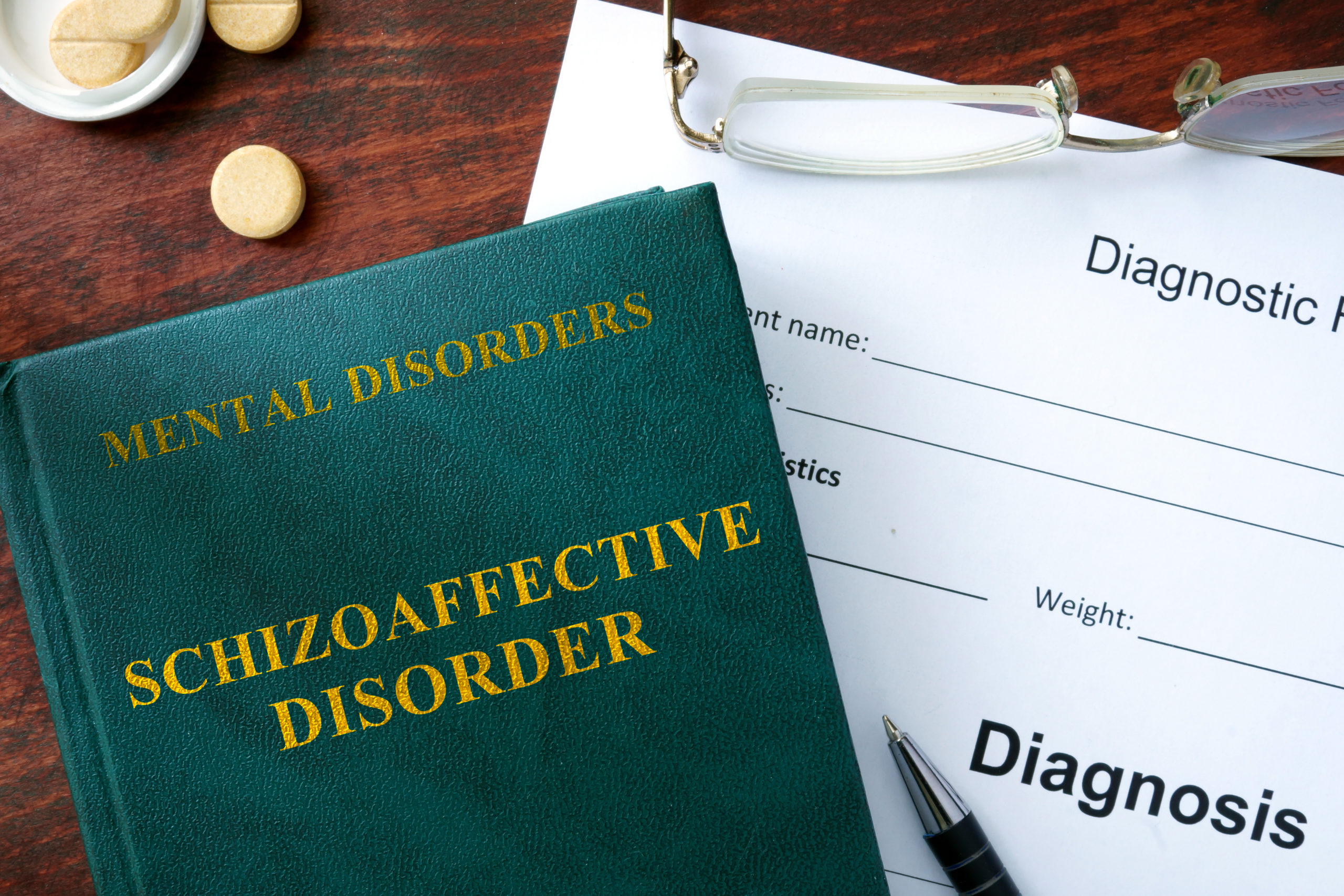Mold Allergy : Symptoms, Causes and Treatment


Overview
People with mold allergy react differently to mold than other people. They may have symptoms such as itchy eyes, rashes, or breathing difficulties. Tests can reveal the kind of mold that can trigger an allergic reaction.
This blog is a comprehensive guide to mold allergy, its causes, symptoms, prevention, and treatment.
What is a Mold Allergy?
When people have a mold allergy, their immune system overreacts when they breathe in mold spores. A mold allergy may cause coughing, itchy eyes, and other symptoms that make people miserable. A mold allergy is associated with asthma in certain people, and exposure leads to restricted breathing and other airway symptoms.
What are the symptoms of Mold Allergy?
Like many other allergies, the warning signs of mold allergy can include:
- Wheezing
- Itchy, watery eyes
- Stuffy or runny nose
- Rash, or hives
The only way to know if a person is suffering from mold allergy is to consult an allergist. They may ask about the symptoms and the triggers and conduct tests.
When should you call the doctor?
People with a persistent stuffy nose, watery eyes, sneezing, wheezing, shortness of breath or other bothersome symptoms must consult the doctor.
Request an appointment at Apollo Hospitals
What are the causes of a Mold Allergy?
Like any other allergy, mold allergy symptoms are triggered by an extremely sensitive immune system response. If people inhale tiny, airborne mold spores, their bodies recognise them as foreign invaders and develop allergy-causing antibodies to fight them. Exposure to mold spores may also lead to an immediate or delayed reaction.
Several molds are common both indoors and outdoors. Some molds that lead to allergies include Aspergillus, Alternaria, Cladosporium, and penicillium.
What are the risk factors for Mold Allergy?
Anyone can develop a mold allergy. However, several factors can make people more likely to develop a mold allergy or worsen their mold allergy symptoms. They include:
- Family history of allergy
- Working in an occupation that exposes them to mold
- Living in a house with high humidity, poor ventilation, and working in a building with excess moisture
What are the complications of Mold Allergy?
Most allergic responses to mold involve hay fever-type symptoms that can make people feel miserable but are not severe. However, certain mold-induced allergic conditions caused are more severe ; they include:
● Mold-induced asthma
● Allergic fungal sinusitis
● Allergic bronchopulmonary aspergillosis
● Hypersensitivity pneumonitis
How is mold allergy diagnosed?
After consulting with the patient, the doctor may prescribe a few tests. These tests include:
1. Skin prick test – In this test, diluted amounts of common triggers such as molds are injected into the patients. During the trial, the substance injected into the arms and back may cause tiny punctures and raise bumps called hives.
2. Blood test – the test helps the doctors determine the immune system’s response by measuring antibodies such as immunoglobulin E.
How is mold allergy treated?
Avoiding mold is one of the most important ways to manage a mold allergy. To reduce the mold exposure, vulnerable people must reduce their mold exposure by preventing damp places and things such as piles of wet leaves. They must also ensure their bathroom has an exhaust fan or window that can open to limit dampness and be aware of leaks in the roof, walls, or pipes. There are a few medications that can ease the symptoms.
- Nasal corticosteroids are often the first medication and the most effective treatment option for patients with upper respiratory mold allergies. These sprays are safe for long-term use. However, there could be side effects such as nose bleeds and nasal dryness.
- Antihistamine – The body releases histamine that causes symptoms in a patient with mold allergy. These medications help prevent the production of histamine and treat itching, sneezing, and runny nose. Over-the-counter medications may cause little to no drowsiness or dry mouth.
- Nasal decongestants – these over-the-counter medications may alleviate the symptoms but also have side effects. The side effects include insomnia, loss of appetite, palpitations, anxiety and restlessness. It can also increase a patient’s heartbeat. Therefore, the doctors recommend patients with hypertension avoid such medication.
- Nasal decongestion sprays – these are another medication that needs caution. The doctor prescribes them for not more than four days. Headache, insomnia, and nervousness are possible symptoms.
- Montelukast – these block the production of leukotrienes – a chemical that causes allergy symptoms such as excess mucus.
- Immunotherapy –the doctor or prescribes a series of shots that are effective .
- Nasal lavage – this helps remove the irritants from the nose . The doctors recommend that patients with allergies undergo this procedure regularly.
How can mold allergy be prevented?
While people cannot prevent mold allergy, they can take steps to prevent and remove mold. To keep mold out of their house, people can take the following steps:
Control moisture and take steps to keep the humidity in the house low.
- Ensure to adequately ventilate the house and immediately repair any water leaks.
- Clean mold using household cleaners or a bleach and water solution of 1 cup bleach and 1 gallon of water. Mold must be cleaned while wearing protective clothing such as gloves and a respirator.
- People with severe reactions to mold should not do the cleaning by themselves.
- Discard carpets, rugs, or other textiles that get wet and do not dry immediately. Other absorbent items, such as ceiling tiles, need to be thoroughly cleaned of mold.
- Mold can be both indoor and outdoor. However, when the outdoor mold count is high, it may be best for people to stay indoors. Keep the gardens free of damp and decaying leaves or wood piles.
- Regularly check the local mold counts to determine if the air quality is safe.
- Wear a mask and avoid stepping outside during the specific time
- Use a dehumidifier
Conclusion
People allergic to mold may develop a rash on their skin and experience the other general symptoms of an allergic reaction. If they suspect an allergy, cleaning any visible mold from their home is good. They must visit a doctor to get an allergy test to confirm the mold allergy.
Frequently Asked Questions
1. How is mold allergy diagnosed?
To diagnose a mold allergy, the doctor will take a complete medical history and examine the patient . They will probably do a skin and blood test to analyse most types of allergies, including a mold allergy.
2. Can mold allergy be cured?
There is no way to cure an allergy to mold currently but attacks can be prevented and managed .
3. What are the home remedies to treat a mold rash?
Many home remedies might help people alleviate their itchy rash. They include aloe vera, cold compress, and oatmeal bath.





